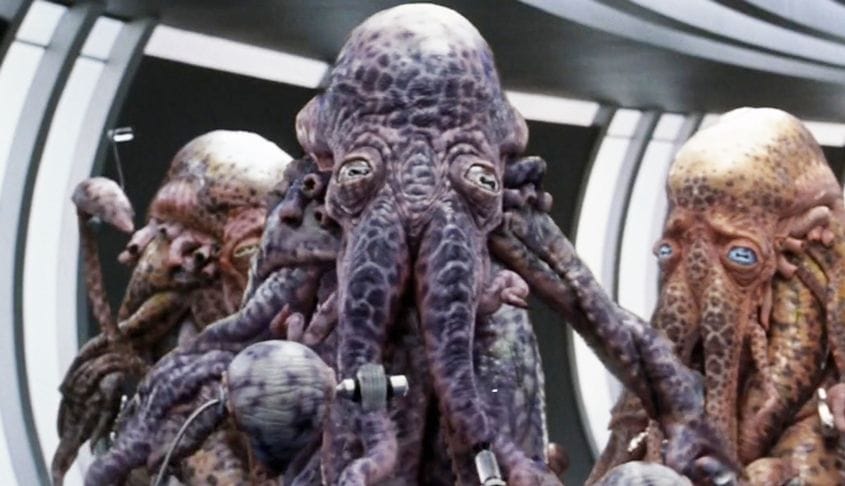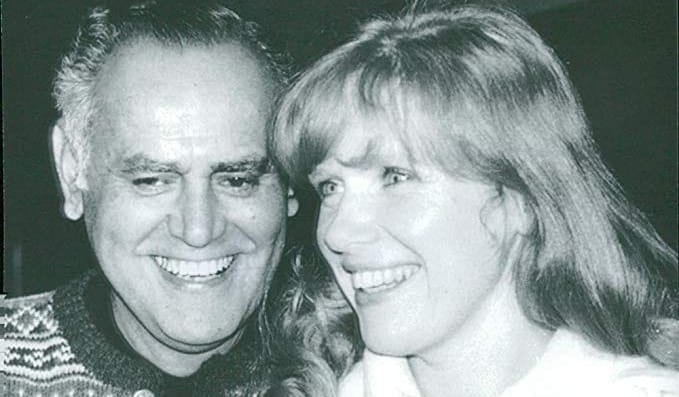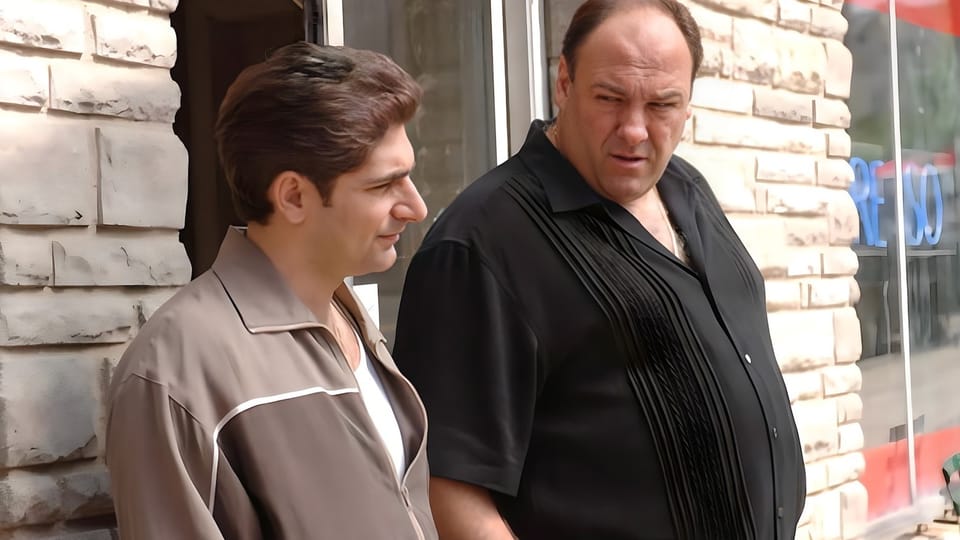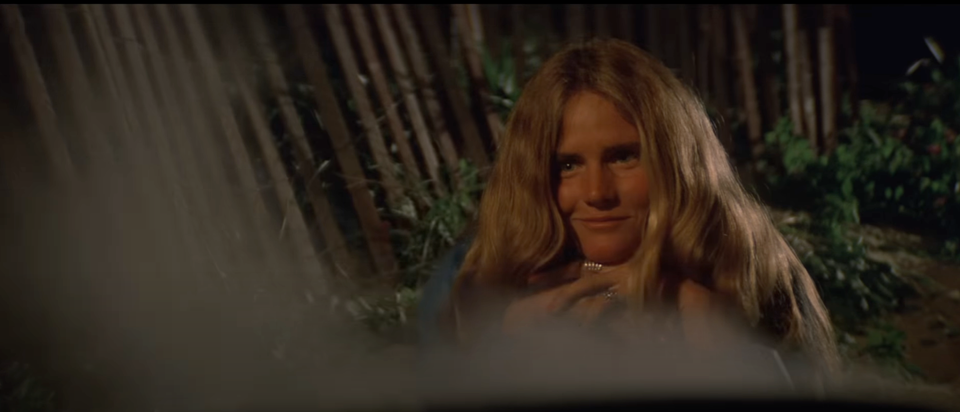The Late Night Talk Show Test
The idea behind it is that every scene should be interesting in its own right. There are no throw-away scenes. A scene should not be there just to get to the next one. Is there tension? Is there drama? Are there laughs? Stakes? Is there a dramatic question that we’re invested in?

The Story and Plot Weekly Email is published every Tuesday morning. Don't miss another one.
It’s a simple test. Silly, yet powerful. It’s a question I encourage my students to ask when trying to determine if a scene is carrying its own weight in a screenplay.
The idea behind it is that every scene should be interesting in its own right. There are no throw-away scenes. A scene should not be there just to get to the next one. Is there tension? Is there drama? Are there laughs? Stakes? Is there a dramatic question that we’re invested in? What is entertaining about this scene?
Keep in mind that every film has its own brand of entertainment, largely dependent on the genre. And some scenes are certainly easier to make entertaining than others. A protagonist confronting the antagonist is going to be naturally more compelling than the detective getting crucial information from the coroner, a scene we’ve witnessed a hundred times. But the burden to make the scene engaging remains.
Witness the expositional scenes in JURASSIC PARK. In one, Dr. Grant gives us all the exposition we need about Velicoraptors by scaring the hell out of a bratty kid. Next, we get all the details of how dinosaurs were brought back to life by the interaction of Hammond with a cartoon á la an old Disneyland ride. In AVENGERS: END GAME, the characters, and the audience need details about where Thanos is, but the most memorable part of the scene is the emotional toll that failure has taken on all the surviving Avengers.
These are big-budget action examples but the principle remains the same with smaller character-driven films. Every scene has a job to do in the narrative, but it also needs to be engaging and interesting in its own right.
So when in doubt, ask yourself this:
If an actor from your movie is doing the press rounds and they’re on the Tonight Show or any other show where they plug the film, and they show this scene to the audience…
Does the audience want to see this movie?
They have far less context to lean on. They have no vested interests in the overall outcome of the film. They only know if this scene entertains them or not. Do they watch this “clip” and find it entertaining enough to want to see this movie? Or do they forget about it almost immediately?
If it’s the latter, you need to keep working on the scene.
Not every scene has to be a trailer moment. You will need great scenes, but they can’t all be great. But they do all need to be good. And to paraphrase the great Howard Hawkes, none of them can be bad.
So next time you’re struggling with a scene and wondering if it’s working or not, put it through this silly, but effective test.
The Story and Plot Weekly Email is published every Tuesday morning. Don't miss another one.
When you're ready, these are ways I can help you:
WORK WITH ME 1:1
1-on-1 Coaching | Screenplay Consultation
TAKE A COURSE
Mastering Structure | Idea To Outline




